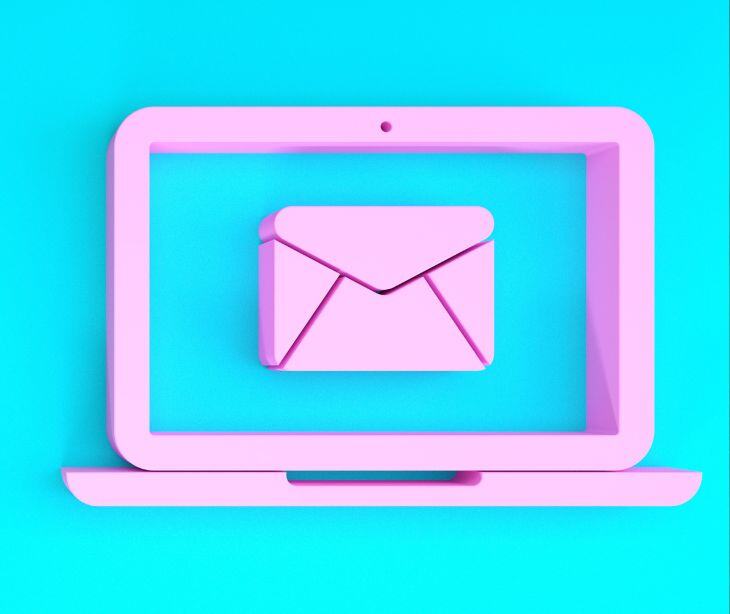
Based on the insights from a recent study published by the National Library of Medicine, separate customer support emails allow for efficient, targeted communication, addressing patient inquiries, concerns, and feedback promptly and effectively.
The role of customer support in healthcare practices
When patients get the help they need quickly, with kindness and clear information, they feel taken care of. As illustrated in the systematic portion of a 2023 study, customer support in healthcare is not just about fixing problems; it's also about being there for patients, offering extra support and resources to help them get better and be happier with their care.
If patients don't get the help they need, they may lose trust in their healthcare team. This has the trickle effect of not following the doctor's advice, missing appointments, or not sticking to their treatment plans. Bad experiences can also make people think twice about going back to that healthcare provider and make it hard for that provider to get new patients. In the long run, not having good customer support can lead to worse health for patients and more costs for everyone because of the problems that come from not following treatment properly.
See also: Why patients may be ignoring feedback forms
The risk of merging practice and customer support email accounts
Merging practice (business operations) and customer support email accounts can lead to several risks. These include
- Confusion and delays: When emails for both practice management and customer support go to the same account, it can get confusing. Certain emails might get lost or overlooked, causing delays in responding to patients' needs or managing the practice efficiently.
- Privacy issues: Mixing up different types of emails can lead to privacy breaches. For instance, sensitive patient information could accidentally be exposed to staff who don't need to see it, violating confidentiality agreements.
- Lowered productivity: Staff might waste time sorting through emails to find the ones relevant to their tasks. This can slow down both customer service and daily operations of the practice.
- Professional image: It might appear unprofessional to patients if they receive responses from an email that also handles internal business matters. Patients expect their communications to be handled with care and attention, which can be compromised when emails are mixed.
- Increased chance of mistakes: With the high volume of emails in one account, there's a greater risk of sending the wrong information to a patient or missing operational emails. This can lead to errors in patient care or business management.
- Difficulty tracking: Keeping track of patient queries, appointments, and follow-ups can become challenging when they're lumped together with internal emails. This could lead to poor customer service and missed opportunities for improving patient care.
See also: Are patient satisfaction surveys HIPAA compliant?
How to implement a division in email communication
When creating separate email addresses, prioritize privacy and security for every email sent. While there may not be a universal approach to implementing this, certain essential steps should not be overlooked. These include:
Initial assessment and planning
Conduct an audit of current email usage and identify all the different types of inquiries received (e.g., medical, billing, appointments). This helps to later define specific categories for separation based on the audit outcomes (e.g., support@ for general inquiries, billing@ for financial concerns).
Developing a naming convention
Create a logical and intuitive naming convention for email addresses that reflects their purpose and is easy for external users to remember. For instance, use department_name@yourhealthcareorg.com, where "department_name" is replaced with "billing", "support", "appointments", etc.
Technology infrastructure setup
Choose an email management or CRM system that supports multiple inboxes and can automate the sorting and routing of emails based on the recipient address. These inboxes should be set up within the chosen system, aligning with the defined categories.
Internal workflow and staff training
Map out workflows for managing emails in each category, including processes for escalation, response time standards, and handling of misdirected emails.
Public announcement and stakeholder education
Easily one of the most necessary steps, provide an update to the healthcare organization's website, contact forms, and patient portals with the new email addresses and their specific uses. This involves sending out a communication to patients and partners announcing the change and explaining how to use the new email addresses effectively.
See also: HIPAA Compliant Email: The Definitive Guide
FAQs
What is secure communication?
Secure communication is the exchange of information in a manner that protects the privacy and confidentiality of the content from unauthorized access or interception.
Is a separate staff necessary to facilitate customer support in healthcare?
Yes, a separate staff dedicated to customer support in healthcare can be beneficial, but for organizations that do not have the budget for this staff training and access control can be an alternative.
What is a feedback loop?
A feedback loop is a process through which information about the outcomes of actions or decisions is returned to the original source.
Subscribe to Paubox Weekly
Every Friday we'll bring you the most important news from Paubox. Our aim is to make you smarter, faster.



